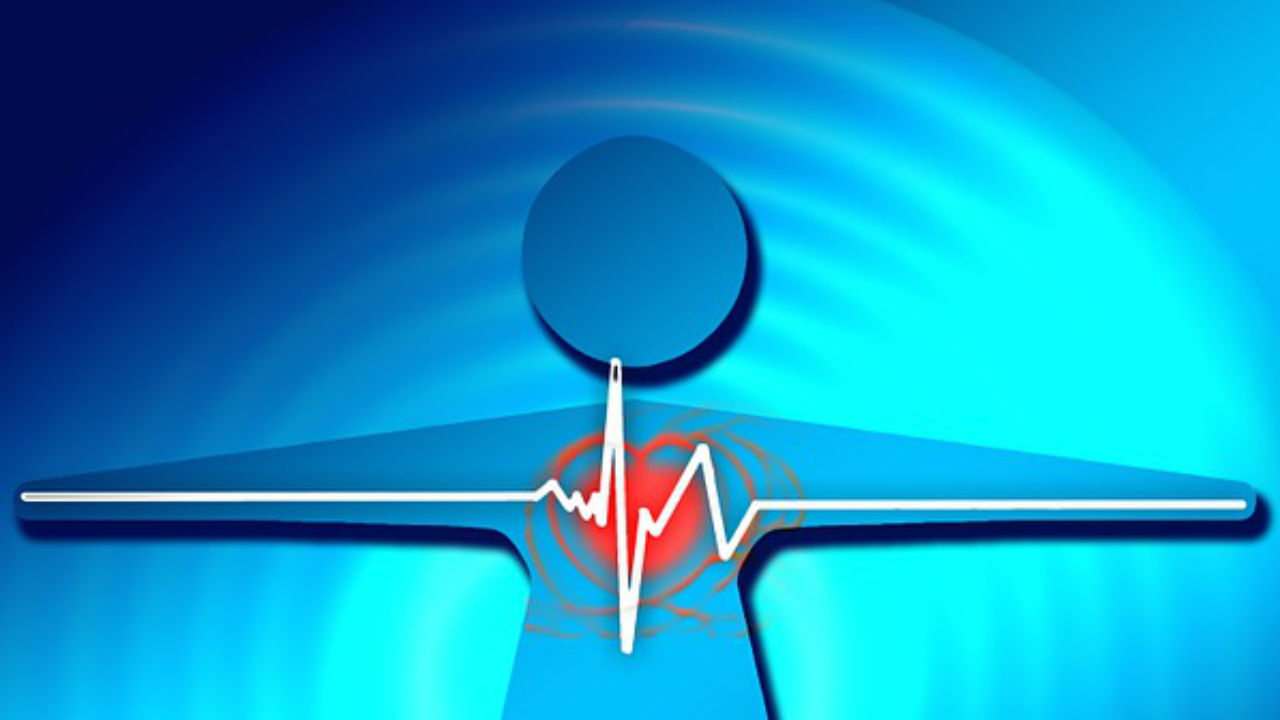Growth hormone (GH) is a protein hormone made by the pituitary, a gland located at the base of the skull. It was known for many years that growth hormone is needed for children to grow. The pituitary gland not only produces GH, but releases (secretes) GH into the bloodstream.
Growth hormone is secreted in pulses and most of the time the pituitary does not secrete growth hormone. GH goes to the liver to release a large protein called insulin-like growth factor, IGF-1.
This protein used to be called somatomedin C. IGF-1 goes to certain tissues, especially bones, and results in height increase in children. Damage to the pituitary gland in children results in low GH secretion in children, resulting in poor growth and resultant short stature. GH can be given to children to restore their normal growth and development.
Over the last 15 years, it has been discovered that adults need GH too. Like children, adults can be given this hormone if deficient. Sinceadultshave already achieved their genetically determined height, loss of GH does not impact height, but it does affect the body in many other ways. If adults have a deficiency of GH, major changes to the composition of the body results. These changes include loss of muscle, accumulation of fat, especially in the abdomen, and a decrease in the density (but not the length) of bones.
Because GH is also necessary for normal brain function, adults without this hormone have psychological changes in addition. Patients with
GH deficiency may have a lot of joint pain and many patients with fibromyalgia have been incorrectly diagnosed and are actually growth hormone deficient.
Patients with growth hormone deficiency often have trouble sleeping, which can lead to daytime fatigue. This article will focus on describing the GH deficiency syndrome as it applies to adults, and how it is currently
diagnosed and treated.
Description of the Adult GH deficiency syndrome
There are three main components to the adult GH deficiency syndrome. These are body composition changes, blood lipid (cholesterol and fat) changes, and psychological changes.
Because GH maintains muscle and fat, loss of this hormone results in a decrease in muscle and in an accumulation of fat. The decrease in muscle translates to poor muscle function and decreased exercise capacity. The increase in fat occurs under the skin, but also in the abdomen
or, more specifically, inside the abdomen. This location is referred to as visceral fat.
Medical science has discovered that visceral fat accumulation is especially dangerous because it is associated with an increase in the aging of blood vessels, referred to as atherosclerosis. The blood lipid changes reflect the fat deposit changes and are all in the wrong direction. More specifically, there is an increase in the "bad" cholesterol ("LDL cholesterol") and a decrease in the "good" cholesterol ("HDL cholesterol"). There is also an increase in the blood triglycerides,
another circulating fat, which is associated with blood vessel aging.
The psychological changes associated with GH deficiency have been extensively studied. Patients who develop GH deficiency seem to lose energy. Loss of energy is often the guiding symptom which prompts further investigation. Many individuals with pituitary disease, especially
those with other hormone deficiencies, realize that something is missing.
Frequently, it turns out to be a deficiency of GH. Individuals with this problem, or their spouses, also notice a loss of interest in their usual hobbies or activities. A decrease in sociability referred to as social isolation is another symptom. Patients suffering with this symptom do not like to go out and meet with their friends or social acquaintances. Patients may also develop mild depression or decrease in sexual function.
Diagnosis of the Adult GH deficiency syndrome GH deficiency in adults occurs because of some type of injury to the pituitary gland. GH is the
first hormone to be affected if the pituitary gland is injured. Injury usually can occur because of the presence of a pituitary tumor, or pituitary surgery or pituitary irradiation. It can also be caused by trauma to the gland or, very rarely, inflammation.
As many physicians including endocrinologists, either do not know about adult growth hormone deficiency or “do not believe in it”, patients who suspect that they have growth hormone deficiency need to see an
endocrinologists with expertise in this area who can make the proper diagnosis.
As GH can be damaging (including leading to an increased chance of cancers) if given to people who are not GH deficient, it is important to be properly diagnosed. Additionally, some physicians referred to
as anti-aging physicians will often give GH to people who are not GH deficient, thus making it more important to be properly diagnosed. Because GH is secreted in pulses, GH is commonly undetectable in normal individuals as well as in GH deficient patients. A blood GH level taken
randomly, in other words, is usually low and is not worth getting. For this reason, endocrinologists need to find another way to prove deficiency of this hormone.
This is done by checking to see if stimulating the pituitary releases GH. There are various ways to stimulate the pituitary to release GH (called "GH stimulation tests"). If your physician thinks you may be GH deficient, he or she will usually pick one of the standard tests. One test is called an insulin- tolerance test (ITT), in which a patient receives insulin and becomes hypoglycemic (low blood sugar), prompting the release of GH. Most physicians and patients do not like this test, as hypoglycemia can be both dangerous in patients with heart problems and unpleasant for the
patient.
The testing for GH deficiency is done in the outpatient setting and usually takes about two to three hours. You should not eat prior to the test. This type of stimulation testing is not only necessary for medical diagnosis, but often for insurance purposes. Dr. Friedman uses two stimulation tests to diagnose GH deficiency, the arginine test and the
GHRH test. Arginine acts via the hypothalamus to inhibit a hormone called somatostatin (that blocks the release of GH) and thus increases GH. GHRH directly stimulates the pituitary to secrete GH. Dr. Friedman will either use one or both of these tests, depending on your case, at
his testing center (ETLA). For more information about testing for GH deficiency, please go to
www.goodhormonehealth.com
Treatment with GH
Once a physician has proven GH deficiency, he or she will begin the patient on GH and if needed, the dose will be increased until a final maintenance dose is reached. Dr. Friedman begins with 0.2 mg a day for men and elderly patients and 0.4 mg for women. Estrogens decrease the effect of GH, which is thought to be the reason why females need more GH. The
hormone is given daily by injection, usually at night. Small needles and syringes are used. The physician will evaluate the patient at four to eight week intervals to ask how the patient is doing and to obtain a blood test which can help determine the correct dose. This test is the insulin-like growth factor test ("IGF-1 test"). It is a single blood test which reflects the amount of GH administered, although it is not GH itself. IGF-1 values which are low prompt giving a larger dose
of growth hormone; values which are too high prompt a lower dose. Dr. Friedman likes to see the IGF-1 in the upper-normal range. Once a final dose is established, the blood tests will continue approximately every 4 to 6 months. The symptoms of GH excess include muscle or joint pain, retention of fluid (called edema) and carpal tunnel, which consists of pain and/or numbness in the hands. If these symptoms occur, it is likely that the dose is too high.
In that case, Dr. Friedman will have you get an IGF-1 level, stop your GH for a few days, then restart at a lower dose.
Oral estrogens, such as birth control pills, premarin and oral estrace all block the action of GH at the liver. This leads to high GH (which can cause diabetes) and low IGF-1, both of which are detrimental. Estrogen applied to the skin (creams or patches) does not cause this effect.
Patients on oral estrogens will often need two to three times the dose of GH.
For these reasons, all patients taking GH should not take oral estrogens.
There are other ways the physician will monitor GH therapy. The physician will often elect to monitor blood cholesterol and bone density. Successful therapy is associated with an increase in the density of bones and an improvement in blood cholesterol profile.
Summary
Deficiency of GH in the adult has been recently described. It has recently been approved as acceptable therapy by the FDA. Most insurance will cover the cost of this medication, which is quite expensive, provided proper documentation on the necessity of GH treatment. Proper GH
replacement therapy leads to improvement in most of the symptoms and body composition changes induced by this deficiency. GH replacement therapy for GH deficient adults is considered lifelong therapy.
Part of this article was taken from an article written by David Cook, M.D. and is used with his permission.






Add a CommentComments
There are no comments yet. Be the first one and get the conversation started!